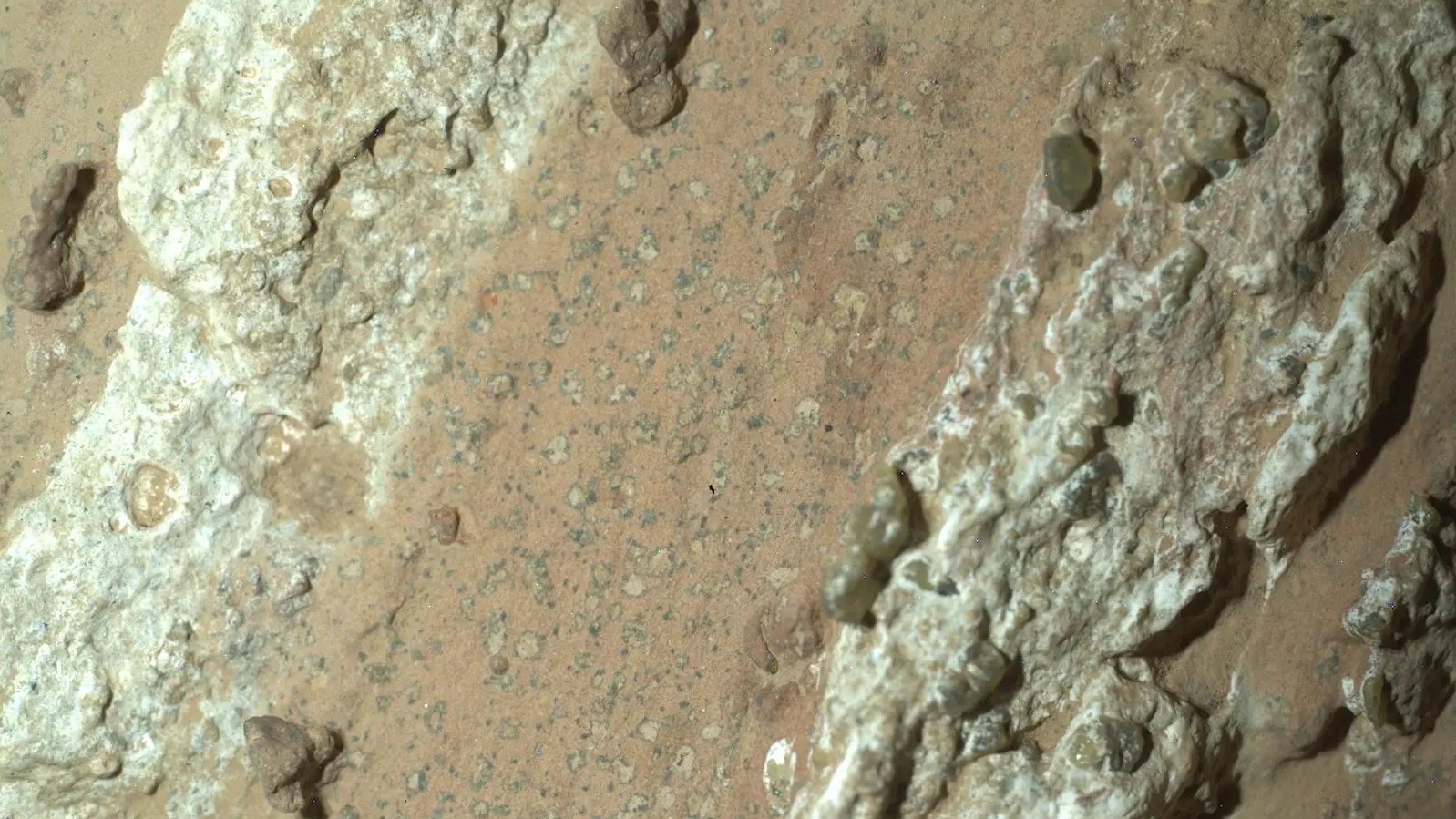NASA, astronauts shrug off Starliner return trip delay
Two astronauts are stuck on the International Space Station due to problems with Boeing’s Starliner


What happened
Astronauts Suni Williams and Barry "Butch" Wilmore said Wednesday they are enjoying their extended stay aboard the International Space Station after their return to Earth was indefinitely postponed due to thruster glitches and helium leaks on Boeing's Starliner spacecraft. The two astronauts had planned on an eight-day stay after arriving at the ISS on June 6, on the Starliner's maiden crewed voyage.
Who said what
"I have a real good feeling in my heart that the spacecraft will bring us home, no problem," Williams said to reporters from the ISS. In the meantime, "it's great to be up here. I'm not complaining that we're here for a couple extra weeks." Wilmore said despite the thruster issues, the Starliner has been "truly impressive."
Boeing and NASA said the astronauts could fly the Starliner home now in an emergency, but the in-orbit and on-the-ground testing will add more assurances and help with future flights.
What next?
Steve Stich, who oversees NASA's commercial crew program, said the earliest the Starliner could return to Earth is late July. There has been "no discussion" about sending a SpaceX Crew Dragon craft up to "rescue" Williams and Wilmore, he added.
The Week
Escape your echo chamber. Get the facts behind the news, plus analysis from multiple perspectives.

Sign up for The Week's Free Newsletters
From our morning news briefing to a weekly Good News Newsletter, get the best of The Week delivered directly to your inbox.
From our morning news briefing to a weekly Good News Newsletter, get the best of The Week delivered directly to your inbox.
A free daily email with the biggest news stories of the day – and the best features from TheWeek.com
Peter has worked as a news and culture writer and editor at The Week since the site's launch in 2008. He covers politics, world affairs, religion and cultural currents. His journalism career began as a copy editor at a financial newswire and has included editorial positions at The New York Times Magazine, Facts on File, and Oregon State University.
-
 US citizens are carrying passports amid ICE fears
US citizens are carrying passports amid ICE fearsThe Explainer ‘You do what you have to do to avoid problems,’ one person told The Guardian
-
 All roads to Ukraine-Russia peace run through Donetsk
All roads to Ukraine-Russia peace run through DonetskIN THE SPOTLIGHT Volodymyr Zelenskyy is floating a major concession on one of the thorniest issues in the complex negotiations between Ukraine and Russia
-
 Why is Trump killing off clean energy?
Why is Trump killing off clean energy?Today's Big Question The president halts offshore wind farm construction
-
 Blue Origin launches Mars probes in NASA debut
Blue Origin launches Mars probes in NASA debutSpeed Read The New Glenn rocket is carrying small twin spacecraft toward Mars as part of NASA’s Escapade mission
-
 ‘The Big Crunch’: why science is divided over the future of the universe
‘The Big Crunch’: why science is divided over the future of the universeThe Explainer New study upends the prevailing theory about dark matter and says it is weakening
-
 The moon is rusting
The moon is rustingUnder the radar The Earth is likely to blame
-
 Panspermia: the theory that life was sent to Earth by aliens
Panspermia: the theory that life was sent to Earth by aliensUnder The Radar New findings have resurfaced an old, controversial idea
-
 Africa could become the next frontier for space programs
Africa could become the next frontier for space programsThe Explainer China and the US are both working on space applications for Africa
-
 NASA reveals ‘clearest sign of life’ on Mars yet
NASA reveals ‘clearest sign of life’ on Mars yetSpeed Read The evidence came in the form of a rock sample collected on the planet
-
 SpaceX breaks Starship losing streak in 10th test
SpaceX breaks Starship losing streak in 10th testspeed read The Starship rocket's test flight was largely successful, deploying eight dummy satellites during its hour in space
-
 NASA is moving away from tracking climate change
NASA is moving away from tracking climate changeThe Explainer Climate missions could be going dark
